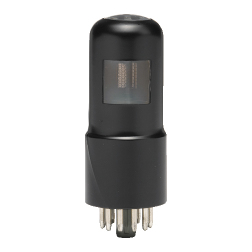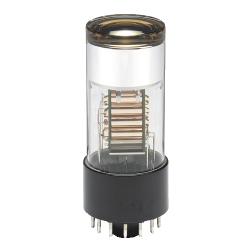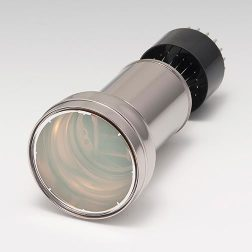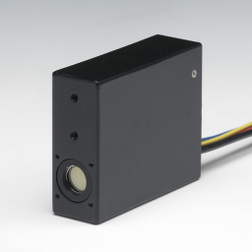A photodiode is a semiconductor device that converts light signals into electrical signals, enabling highly sensitive light detection in optical communications, sensing, and quantum applications. It is widely used in modern electronic technology. An avalanche photodiode is a semiconductor-based photodetector (photodiode) with a relatively high reverse voltage (typically tens or even hundreds of volts), sometimes slightly below the breakdown voltage. In this state, carriers (electrons and holes) excited by absorbed photons are strongly accelerated in a strong internal electric field, resulting in the generation of secondary carriers. Compared to conventional photodiodes, avalanche photodiodes (APDs) are able to provide higher signal gain at low light intensities.
Working principle of avalanche photodiode:
- Photoelectric conversion
When photons are incident on the photosensitive area of the APD, they will stimulate the electrons in the semiconductor to jump from the valence band to the conduction band, forming photogenerated carriers. Photogenerated electrons and holes are accelerated in the high electric field area, thereby obtaining enough energy to collide with other atoms and further release more electron-hole pairs. This process is called the avalanche effect. Due to this multiplication process, the APD is able to amplify weak light signals into measurable electrical signals.
- Avalanche gain
The gain of the APD is determined by the strength of the electric field inside it. By adjusting the applied voltage (avalanche voltage), the intensity of the avalanche effect can be controlled, thereby adjusting the gain of the signal. The gain can usually reach tens to hundreds of times, making the APD outstanding in weak light detection and high sensitivity applications.

Advantages of APD:
- High gain:
APD can provide significant signal amplification, and the gain is usually tens to hundreds of times, which enables it to effectively detect weak light signals.
- High sensitivity:
Due to the avalanche effect, APD can still achieve high sensitivity under low light intensity conditions, which helps to accurately detect in low light environments.
- High speed
APD has a fast response time and is suitable for high-speed data transmission and real-time measurement applications.
- Low noise
Although APD amplifies noise, the noise is relatively low relative to its high gain, which helps to improve signal quality and the signal-to-noise ratio of the system.
Disadvantages of APD:
- Noise problem
Although the gain of APD can amplify the signal, it also amplifies the noise at the same time. The noise mainly comes from the random electron-hole pair generation during the avalanche process, which may cause the signal quality to deteriorate. Therefore, reducing noise and improving signal quality is an important research direction.
- Temperature stability
The gain of APD is very sensitive to temperature changes. Temperature fluctuations may cause gain instability, thereby affecting system performance. To this end, an effective temperature control system needs to be designed to ensure the stable operation of APD under various environmental conditions.
- High voltage requirements
The avalanche effect of APD requires a higher applied voltage, which requires extra attention when designing and integrating integrated circuits. High voltage operation may lead to increased system complexity, requiring appropriate circuit design and protection measures.

Applications of Avalanche Photodiodes:
- Laser Scanners
- Antenna Analyzer Bridge
- PET Scanners
- Barcode Readers
- Laser Microscopes
- Laser Rangefinders
- Speed Guns
APDs are used in receivers for OFC (Fiber Optic Communication), Imaging, Finder Scopes, Laser Microscopes, Laser Scanners, and OTDR (Optical Time Domain Reflectometer).
They are used in optical communications like receiving detectors. Their wide bandwidth and high sensitivity will make them very famous among designers. These diodes operate by a reverse voltage across the junction so that charge carrier pairs can be formed in response to radiation.
For more information, please contact us:emi-ic.com
























